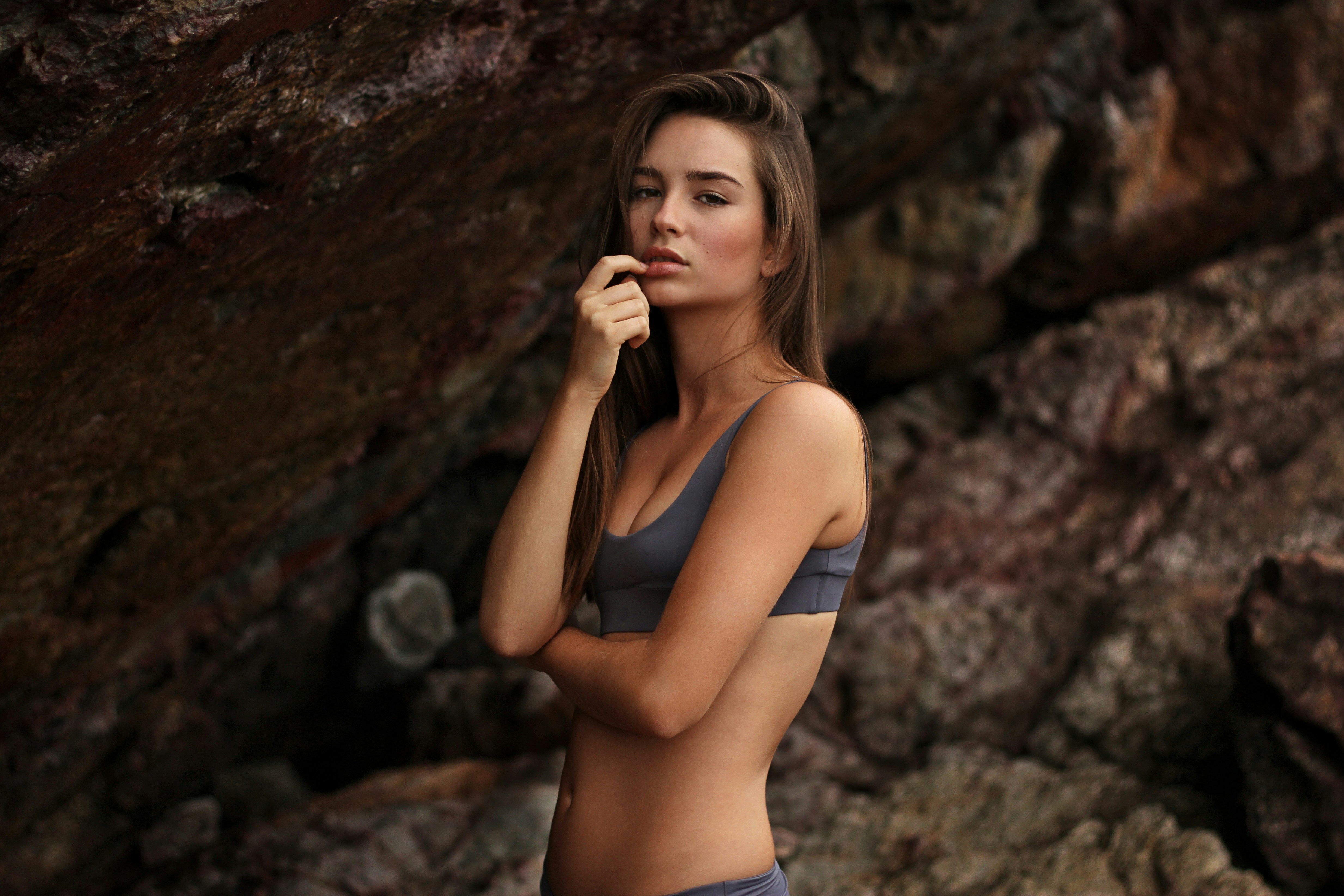Sculpting Beauty: The Rise of Functional Fitness Aesthetics
When it comes to beauty and fitness, the focus has long been divided—either aesthetics or performance. But what if you could have both? Enter functional fitness aesthetics, a movement blending strength, mobility, and sculpted beauty. More than just muscle definition, it’s about movement efficiency, posture, and a physique that looks as powerful as it performs.

The Fusion of Beauty and Functionality
Historically, fitness revolved around either bodybuilding for aesthetics or athletic training for performance. In the 1980s and 90s, the golden era of bodybuilding glorified sculpted physiques, but often at the cost of functional movement. Meanwhile, high-performance athletes trained for agility and endurance, sometimes without an emphasis on aesthetics. Today, the landscape is shifting as individuals seek a balanced approach—one that delivers visible results while enhancing everyday movement.
Industry Trends Driving Functional Fitness Aesthetics
Modern fitness culture embraces efficiency and longevity. With the rise of calisthenics, mobility training, and hybrid workouts, people are recognizing that a well-toned body should also be agile and resilient. Current trends shaping this movement include: - Hybrid training: Combining weightlifting, bodyweight exercises, and mobility drills to create balanced strength. - Postural enhancement: Workouts designed to correct posture, prevent imbalances, and create a poised, confident stance. - Minimalist equipment workouts: Functional training often requires little more than bodyweight, kettlebells, and resistance bands, making it accessible to everyone. - Aesthetic performance coaching: Personal trainers now focus on developing well-rounded bodies that look as strong as they perform.
The Science Behind Functional Aesthetic Training
A well-proportioned physique isn’t just about size—it’s about balance, symmetry, and mobility. Functional aesthetic workouts integrate elements like: - Unilateral training: Single-leg or single-arm movements to correct imbalances. - Core activation: Planks, rotational movements, and anti-rotation exercises to sculpt a powerful midsection. - Full-range motion exercises: Deep squats, Romanian deadlifts, and overhead presses to enhance flexibility and muscle coordination. - Explosive movements: Kettlebell swings, box jumps, and sled pushes to develop power while shaping muscle definition.
How to Incorporate Functional Fitness Aesthetics Into Your Routine
Unlike traditional bodybuilding, which isolates muscles, functional aesthetics require dynamic movements that enhance total-body control. Consider incorporating these principles into your routine: - Prioritize compound movements: Squats, deadlifts, push-ups, and lunges engage multiple muscle groups while sculpting the body. - Train mobility and stability: Incorporate yoga flows, animal movements, and controlled holds for better range of motion and joint health. - Emphasize core stability: Instead of crunches, focus on stability-based core work like hanging leg raises and Pallof presses. - Balance strength with endurance: Blend resistance training with short bursts of conditioning (sled pushes, battle ropes, or jump rope).
The Future of Beauty in Motion
Gone are the days of choosing between form and function. The modern fitness world is redefining beauty—one that values movement quality, strength, and aesthetics equally. As more individuals embrace functional aesthetics, the industry continues to evolve, making fitness more accessible, sustainable, and performance-driven. Whether you’re an athlete or a casual gym-goer, training for both looks and function ensures that your efforts lead to a body that’s not only sculpted but also capable of tackling life with strength and confidence.




